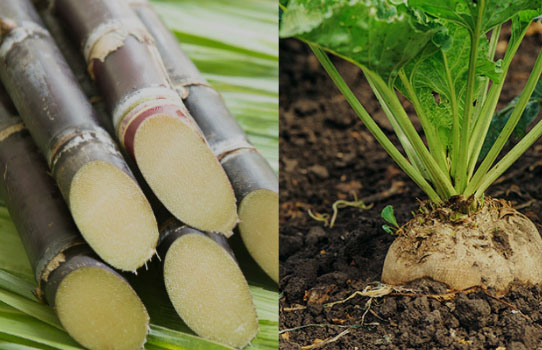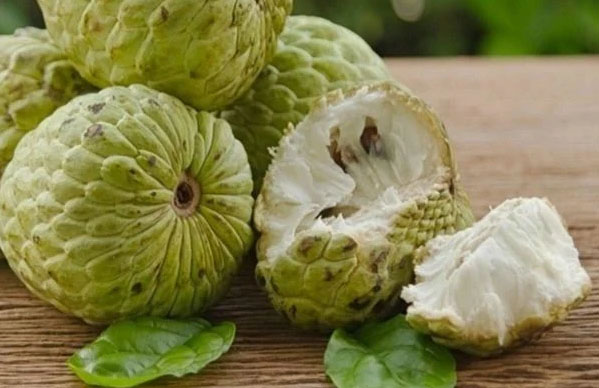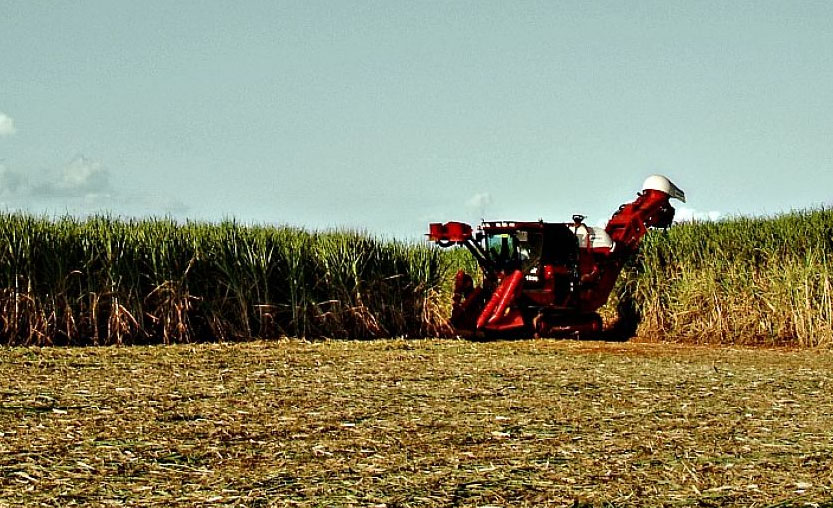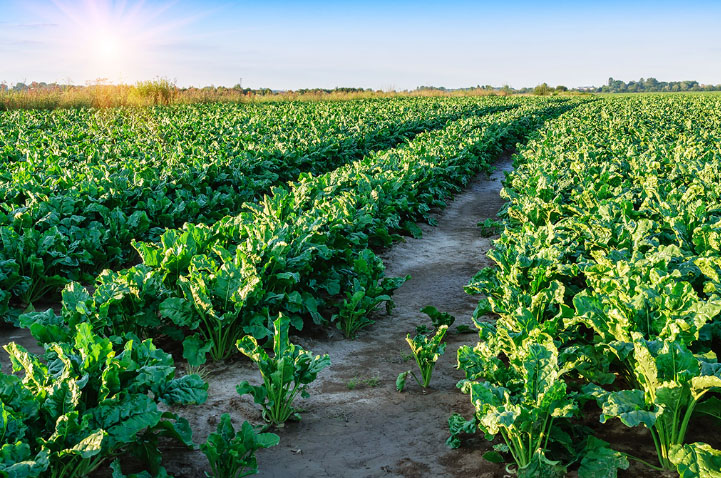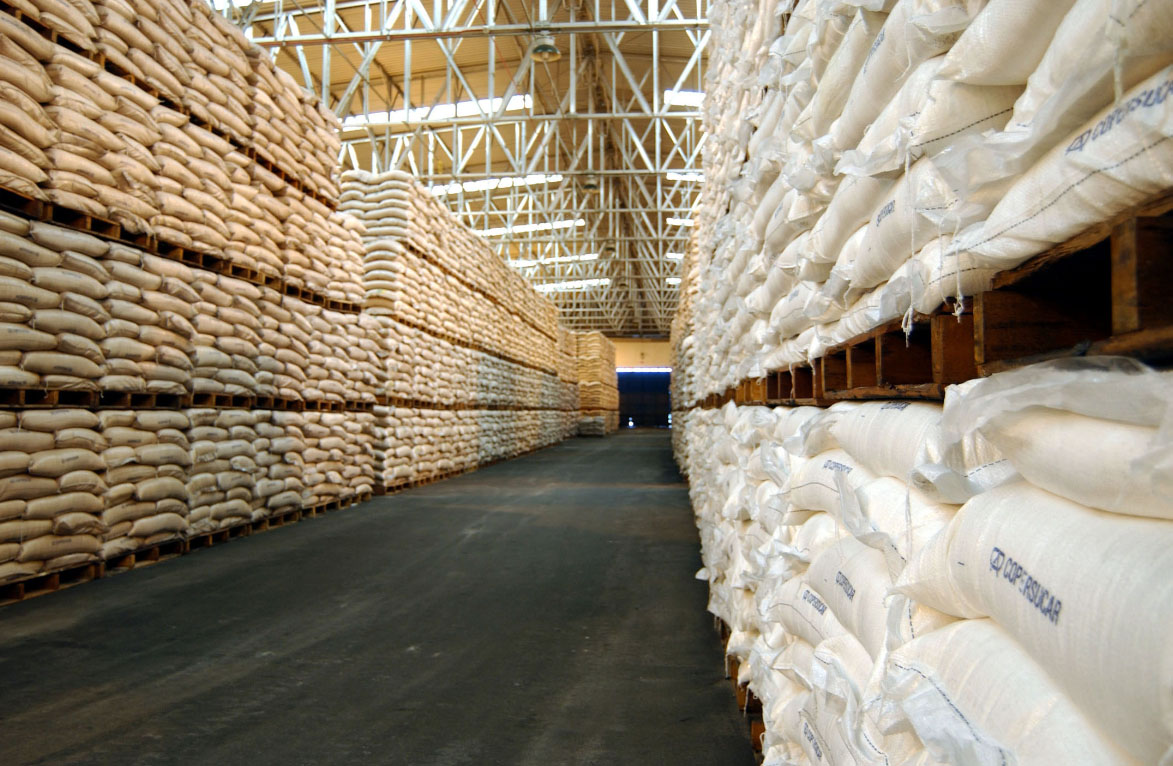Sugar is an
indispensable part of our culinary world, but did you know it can be derived
from two different sources: sugar beets and sugarcane? The debate over sugar
from beets vs. cane is not just about taste but also encompasses production
processes, environmental impact, and even economics. In this blog post, we’ll
unpack the differences between sugar from beets and cane, exploring their
production methods, flavor profiles, and their influence on the food industry.
Sugar from
Beets
Production
Process
Sugar beets
are a type of root vegetable that contains high levels of sucrose. The sugar
extraction process from beets involves washing, slicing, and diffusing the
sugar from the beet pulp. After extraction, the sugar undergoes various
treatments, including purification and crystallization, to produce the final
product.
Flavor
Profile
Sugar from
beets has a mild, neutral flavor. It is often considered less complex in taste
compared to cane sugar, making it a preferred choice for products where
sweetness without distinct flavor is desired.
Environmental
Impact
Sugar beet
farming and processing can be less water-intensive compared to sugarcane. This
can be an essential factor in regions with limited water resources. However,
the use of pesticides in beet farming is a concern, and sustainable practices
are gaining importance.
Sugar from
Sugarcane
Production
Process
Sugarcane,
a tall tropical grass, is known for its high sugar content in its stalks. The
production process involves crushing the sugarcane to extract the juice, which
is then subjected to various purification and evaporation processes to obtain
the sugar crystals.
Flavor
Profile
Sugarcane
sugar is often associated with a more complex flavor profile. It can have hints
of molasses, caramel, and a slight earthy undertone. This distinct flavor makes
it a preferred choice in certain culinary applications, such as baking and
beverages.
Environmental
Impact
Sugarcane
production can be more water-intensive and requires tropical or subtropical
climates. However, it can be grown sustainably with responsible farming
practices. Moreover, sugarcane bagasse, a byproduct of sugar production, can be
used for energy generation, reducing waste.
In the Food
Industry
Both sugar
from beets and sugarcane are widely used in the food industry. They have
different applications based on their flavor profiles. Sugar from beets, with
its neutral taste, is often used in products where sweetness is desired without
altering the original flavor, such as candies and some baked goods. Sugarcane
sugar, with its more complex flavor, is often found in items like rum, certain
desserts, and beverages where its distinct taste can enhance the product.
The
Verdict: It’s a Matter of Choice
The debate between sugar from beets and cane
ultimately comes down to personal preference, culinary requirements, and even
regional availability. Both sources have their unique characteristics and
contributions to the food industry, and the choice between them depends on the
desired flavor, application, and, increasingly, sustainability considerations.
Whether you opt for the neutral sweetness of beet sugar or the complex taste of
cane sugar, both have their place in the world of sweetness.

